
|
|
|
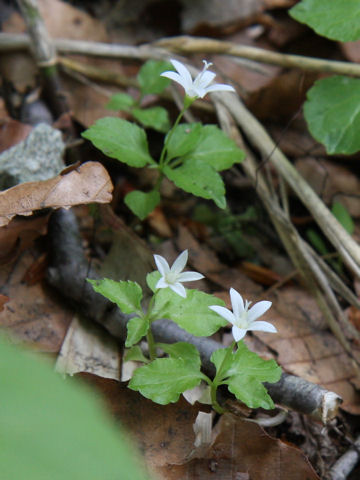 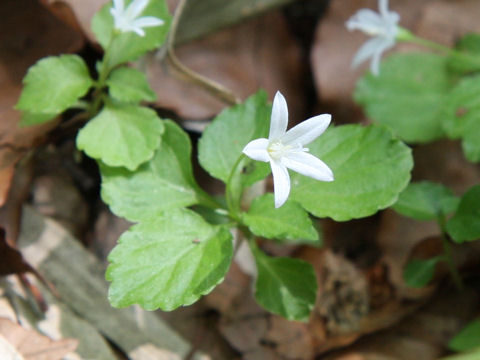 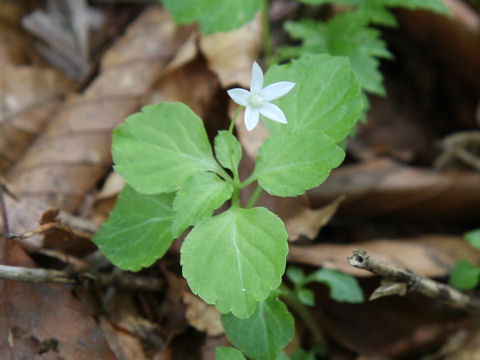 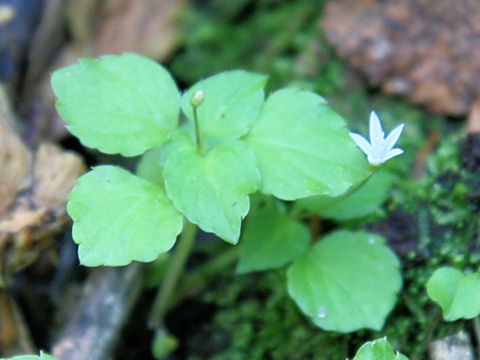 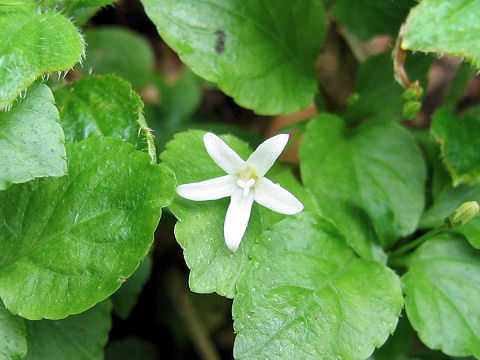 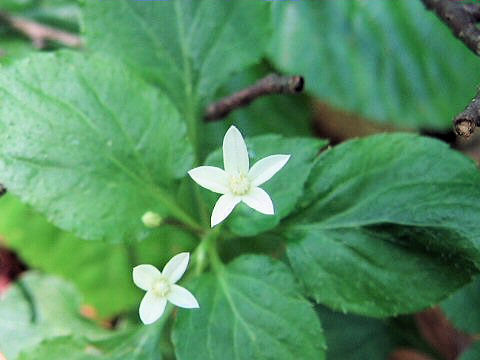 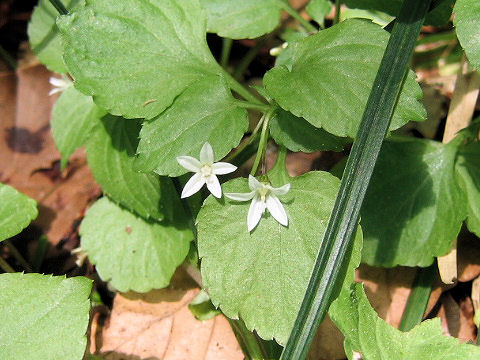 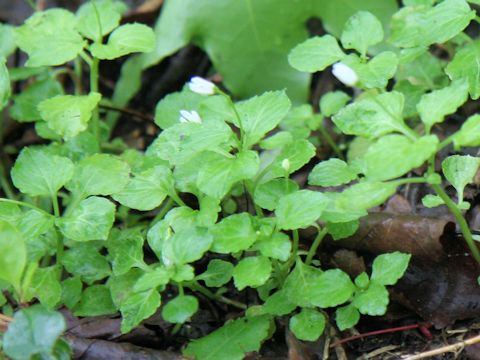 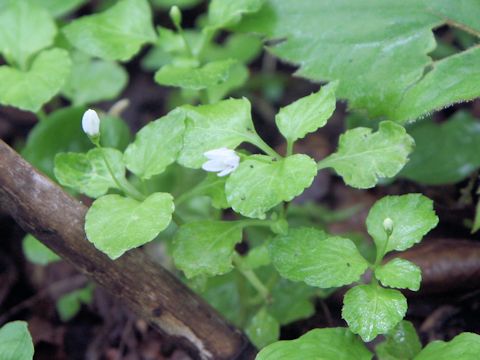 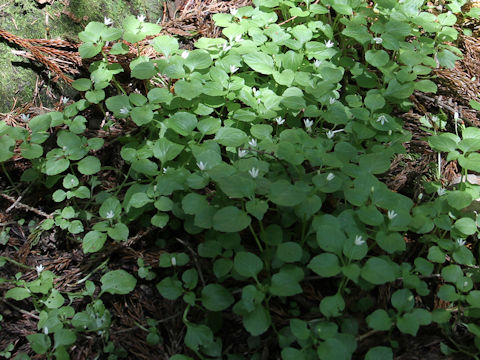 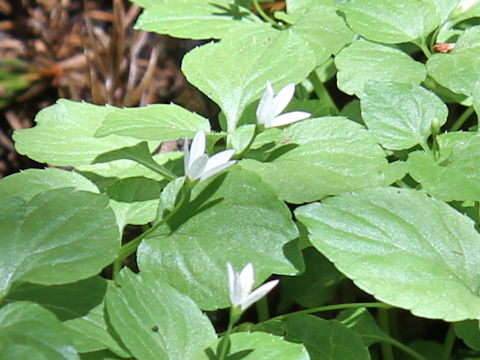 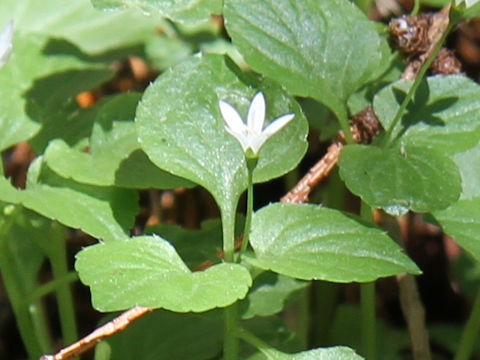 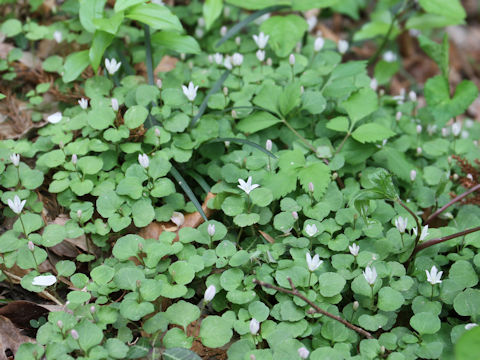 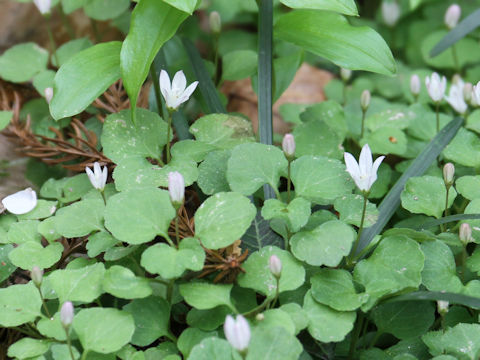 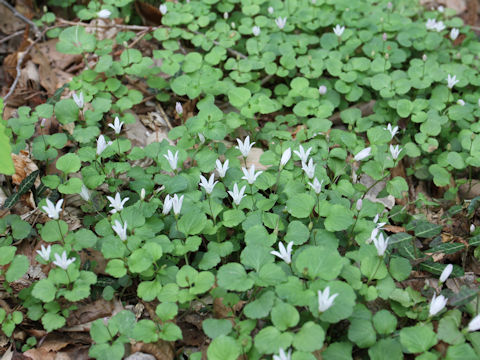 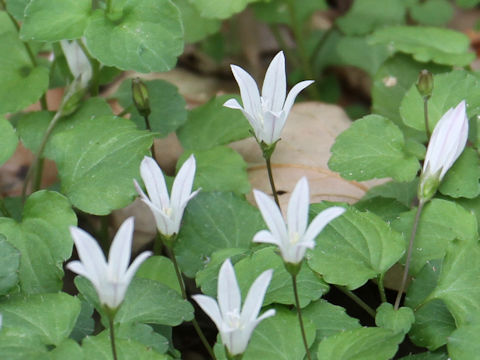 |
|
|
|
íªÌenðͶßA©N¼âkɪzµÄ¢Ü·BRnÑ©çRÑÌÑâJ¢É¶¦A³ÍPOZ`ÙÇÉÈèÜ·BsðLεÄLªèAQð`¬µÜ·BtÍ~`ÅA\ÊÉîѪU¶µÜ·BT©çW²ëAF©çW¢FÌÔð穹ܷBêÅÍuÜÊidai guo caojvÆÄÎêÜ·B |
|
|
LLEÈ^jMLE®Ì½NÅAw¼Í Peracarpa carnosa var. circaeoides (syn. Peracarpa carnosa)Bp¼Í èܹñB |
|
|
The "Tani-gikyo" (Peracarpa carnosa var. circaeoides) belongs to Campanulaceae (the Bellflower family). It is a perennial herb that is native to Japan, as well as the Korean Peninsula and northeastern China. This herb grows in montane to subalpine forest-edges or dales, and can reach about 10 cm in height. It spreads by elongated stems and forms clumps. The leaves are ovate-round with sparse soft hairs. The white to pale purple flowers come in May through August. In Chinese, it is called "ÜÊ" (dai guo cao). |
|
|
[ãEP`Q] §k´ºufR½¼´vÉÄA2009N0628úBeB [R] ò§RsòË·ò½u¼äxvÉÄA2007N0801úBeB [S] Hc§¡¢¬¾ÇuîxvÉÄA2005N0727úBeB [T] ·ì§Ø½ºukhu¼´vÉÄA2004N0704úBeB [U] ·ì§¬JºuÌÌXVà¹vÉÄA2005N0711úBeB [VEW] §Öò¬uÖòRvÉÄA2012N0623úBeB [X`PP] §k´ºuYÀvÉÄA2014N0615úBeB [PQ`PSEº] {é§R³¬u[RvÉÄA2020N0501úBeB |

|
|
Shu Suehiro |